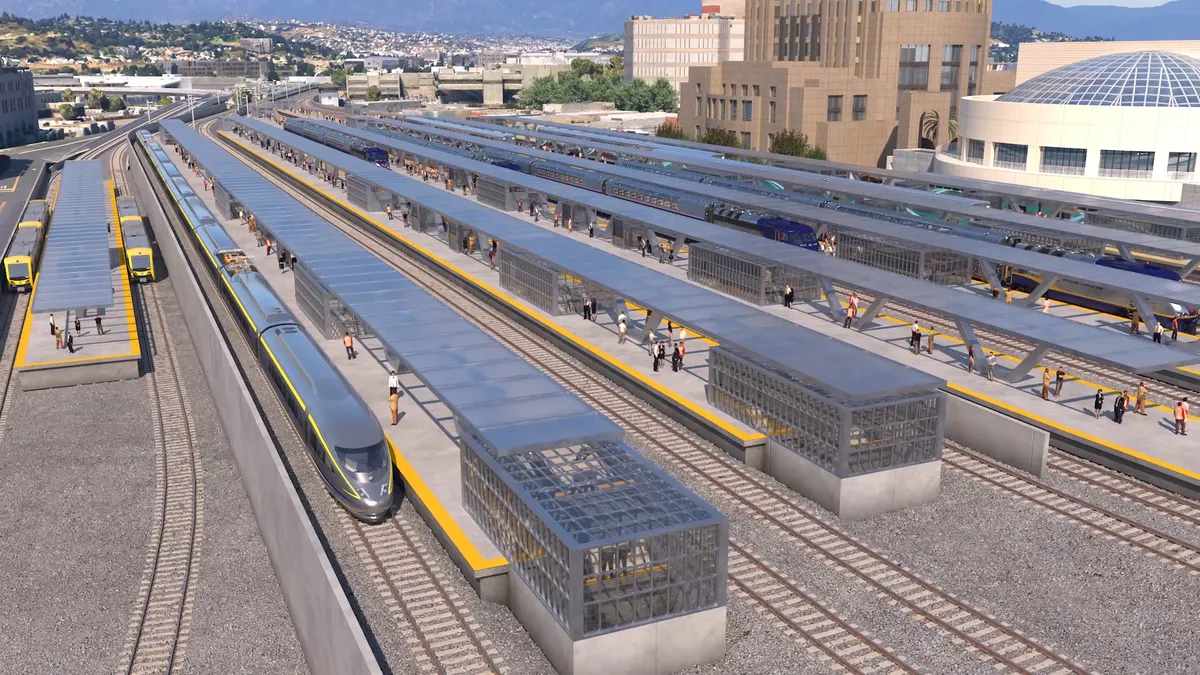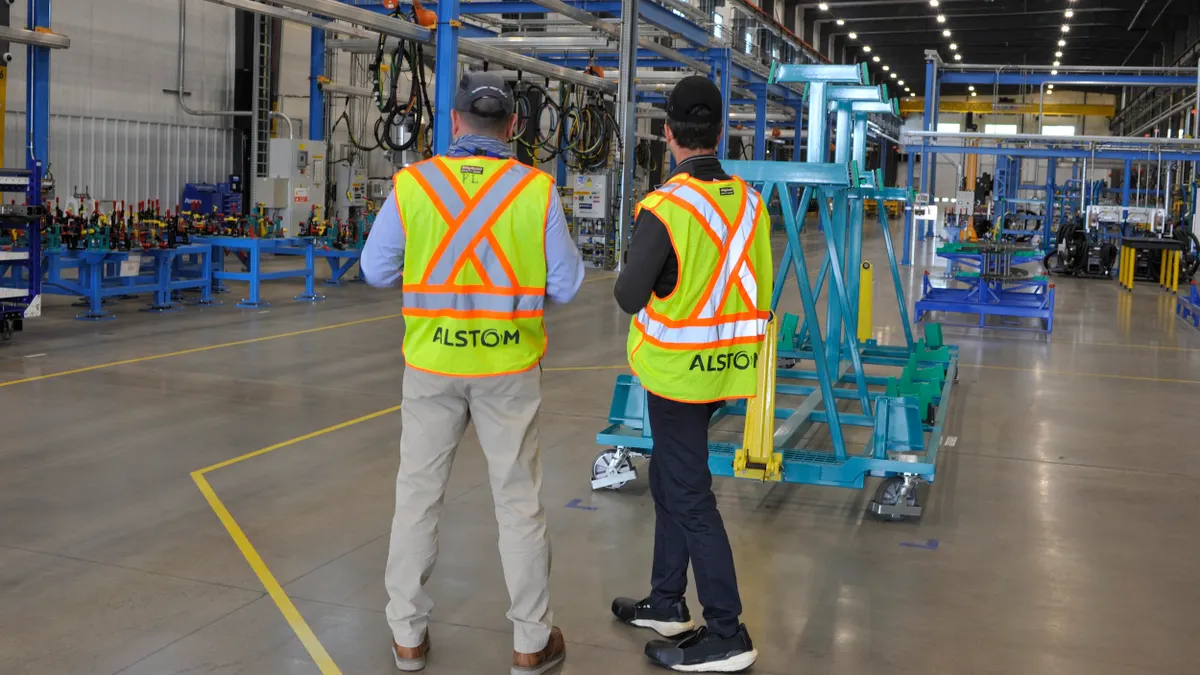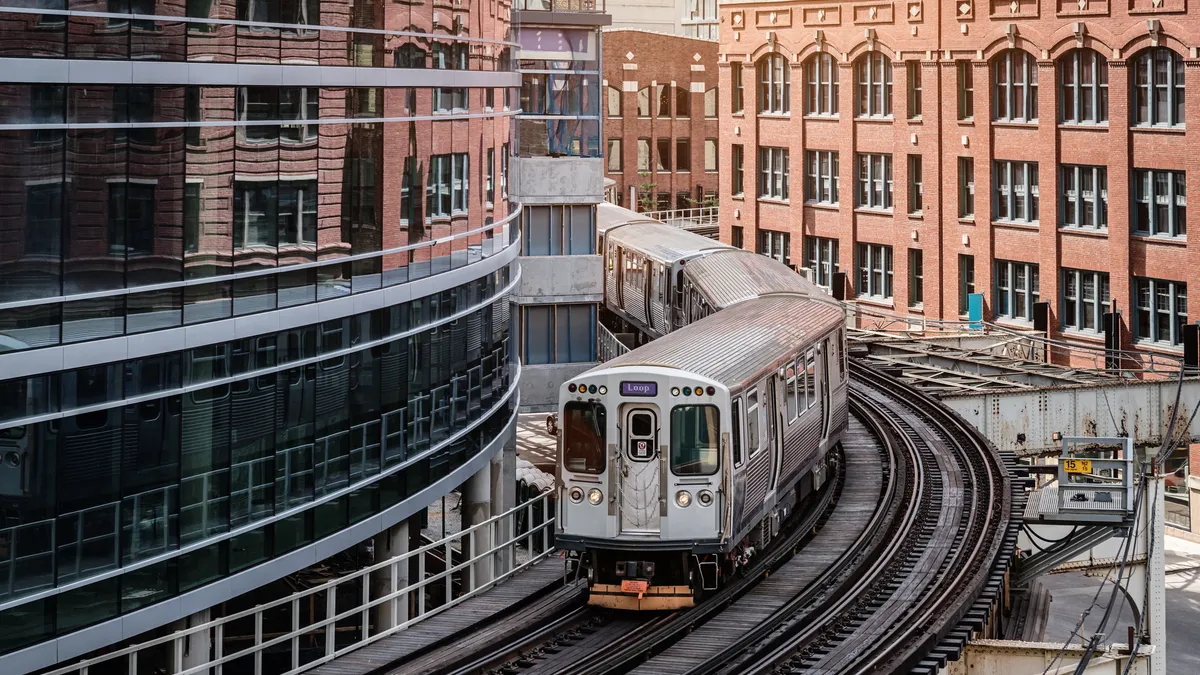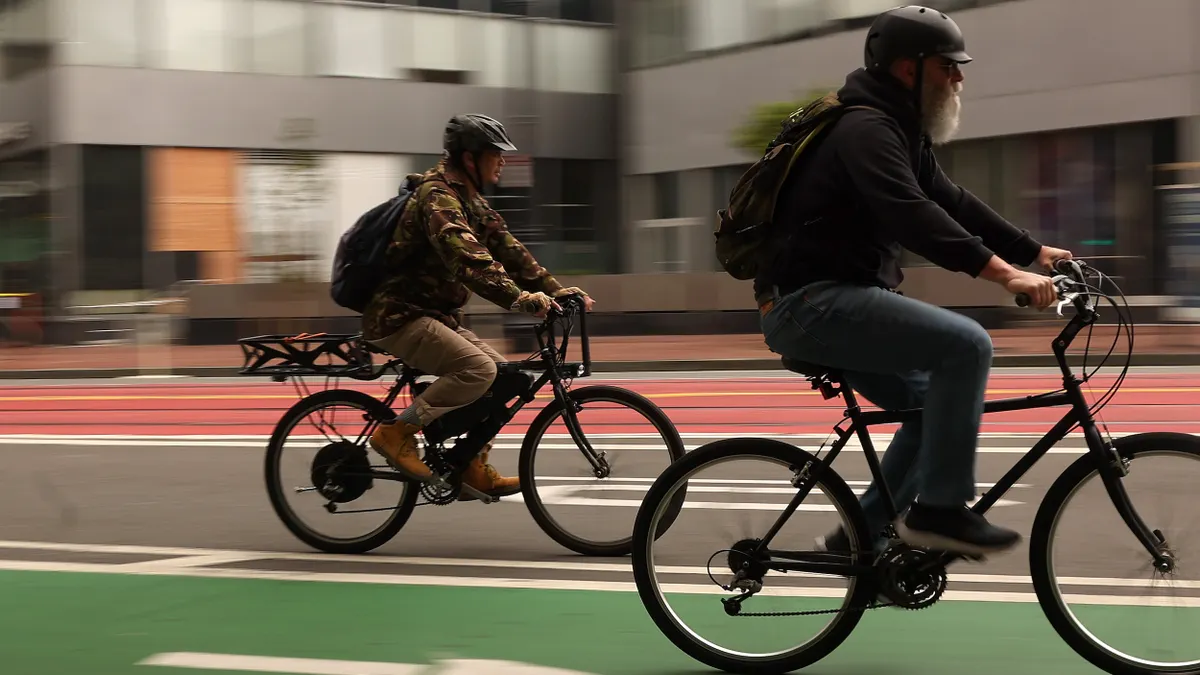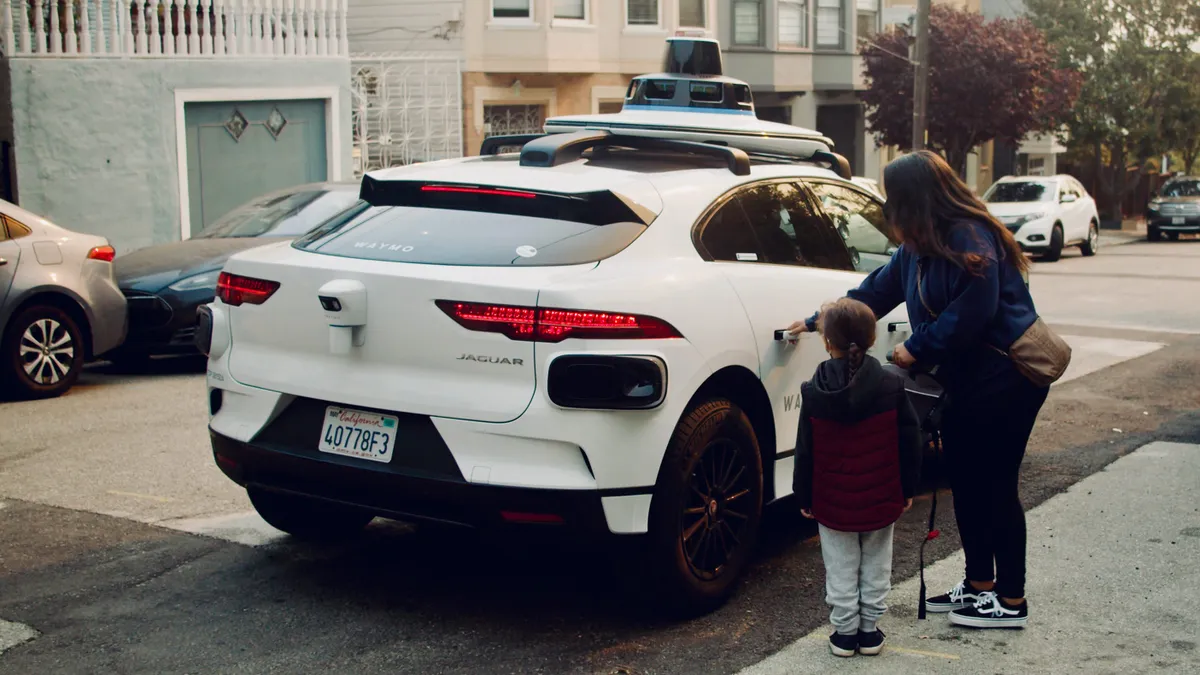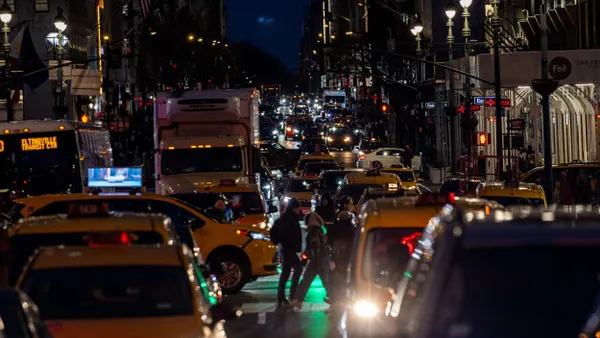Wes Guckert is president and CEO of The Traffic Group, a Baltimore-based traffic engineering and transportation planning firm serving clients nationally and internationally.
Beyond the obvious health crisis precipitated by COVID-19, the pandemic has sparked massive unemployment – more than 9 million American workers are still out of work – which, in turn, has exacerbated the nation’s already overwhelming homelessness crisis.
Pre-pandemic, the U.S. Department of Housing and Urban Development estimated that more than 580,000 people nationally were living on the streets on any given night, nearly half of whom were in California. Over the next four years, that number is expected to increase by 49%, according to research recently conducted by California’s Economic Roundtable. Another 2.7 million homeowners nationwide currently find themselves in COVID-19 forbearance, according to the White House.
While there are clearly no easy answers to an issue that seems destined to become even worse in the not-too-distant future, one solution may be found in yet another pre-pandemic issue: a rapidly declining demand for parking space in the heart of America’s cities.
Thanks in large part to a significant rise in the number of workers living within walking or biking distance to their jobs and a marked increase in the use of ride-sharing services like Uber and Lyft, garages and parking lots located in central business districts (CBDs) were seeing a significant drop-off in their business long before the pandemic made working from home a necessity.
Even today, with life getting somewhat back to normal, this trend seems unlikely to change as numerous employers turn to flexible work schedules in response to the productivity their employees exhibited while working remotely throughout the pandemic. That means fewer people driving into CBDs on a daily basis and, in turn, less demand for parking in downtown garages.
Remote work has also had a devastating effect on the restaurants, dry cleaners, and other small businesses which depend on those workers to keep their operations afloat. As these businesses have been forced to cut back on staffing or close altogether, the garages which provided regular parking for their customers and employees have again been impacted negatively.
Add to this the increased emphasis the Biden administration – and many cities around the country – have placed on climate action and the need to limit automobile use, and a scenario emerges that is making an already difficult situation for garage operators nearly impossible. Many operators are being forced to confront the fact that their businesses may never rebound to the levels they enjoyed just five short years ago. Certainly, that prospect is at the heart of many operators, such as one of Washington, D.C.’s largest parking firms, which made the decision to declare bankruptcy.
Some operators have been fortunate enough to own lots or garages that sit on prime parcels of center-city land. For them, selling their property might represent a viable option, although with demand for office and adjacent retail space declining, this is not as profitable a solution as it was prior to COVID-19. In 2016, for example, more than 200 parking lots in the U.S. were sold for redevelopment – more than double the number of lots sold from 2006 through 2014.
Operators today are unlikely to see anything approaching that level unless they settle on a sale price far below pre-pandemic market rates.
Faced with this untenable situation, some parking operators have come up with a more resourceful approach. Throughout the COVID-19 lockdown, some garages leased their facilities for a variety of alternative uses. Some garages were transformed into outside dining areas or makeshift drive-in movie theaters, while others were used to house pop-up warehouses, storage units and parking for Amazon delivery fleets.
Recognizing the success of these efforts and the growing homelessness crisis, enterprising operators are now lobbying planning and zoning boards in cities around the country to relax restrictions so that they can retrofit their under-used garages to provide affordable living space for families.
The retrofits themselves are relatively easy to do. While there are some problems – garages, after all, simply weren’t designed for people to live in them – several companies have pioneered the development of inexpensive, prefabricated living units, or pods. Because existing garages use nearly universal dimensions, these pods can easily be plugged into the concrete shells of most facilities. They are also constructed in a way that takes advantage of the vertical circulation and utility connections already incorporated into the garage.
While there are other issues involved in a garage retrofit, including low ceilings, sloped floors, and an inability to handle the same weight loads, the real problem seems to arise from the reluctance of many planning and zoning boards to accommodate garage conversions. Regulations requiring developers to include a certain number of parking spaces for each new residential unit, prohibitions against converting a commercial property, and state-specific rules like California’s seismic standards have all combined to discourage garage operators from retrofitting their facilities.
Despite such impediments, the success of units such as a derelict 500-car garage in Wichita, Kansas, that was recently converted into 44 one-bedroom apartments demonstrates that such conversions are not only possible, but can play an important role in addressing this country’s longstanding problems with affordable housing and homelessness. Moreover, by making these half-empty garages viable again, cities nationwide can take major strides toward keeping their CBDs vibrant in the face of a future that seems likely to be less dependent on daily commuter traffic.
Contributed pieces do not reflect an editorial position by Smart Cities Dive.
Do you have an opinion on a similar issue or another topic Smart Cities Dive is covering? Submit an op-ed.







